 March 2022
What space taught me about water
March 2022
What space taught me about water
... of it is saltwater. Only 2.5 percent of water on Earth is freshwater, and nearly all of that water is frozen - locked up in polar ice caps, glaciers and other ice. NASA monitors Earth’s water from space, from the skies, ground stations...
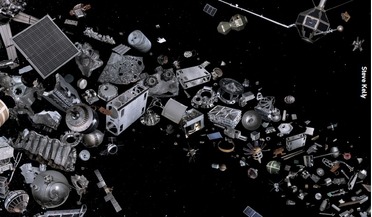 January 2023
Space sustainability imperative
January 2023
Space sustainability imperative
... we are messing up Earth’s environment – come from satellite observations and data. The shrinking of the polar ice caps, for example, can only realistically be monitored from Earth orbit: it is a unique vantage point from which to monitor...
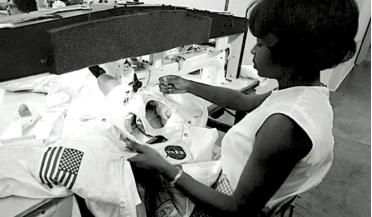 May 2024
Out of this world – NASA’s textile technicians and innovations for space voyages
May 2024
Out of this world – NASA’s textile technicians and innovations for space voyages
... to heat. They filled narrow air spaces around doors, windshields, wings, the edge of the shuttle’s nose cap, the heat shield of the engines and other vital parts. They were made of ceramic silica fibres...
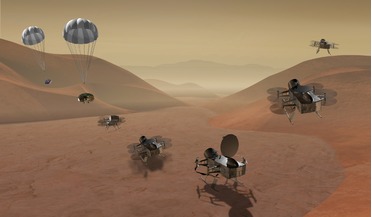 22 December 2017
Where is NASA going next?
22 December 2017
Where is NASA going next?
... to develop cost-effective techniques that limit spacecraft contamination and thereby enable life detection measurements on cost-capped missions, while the VICI mission concept will look at developing the Venus Element and Mineralogy Camera...
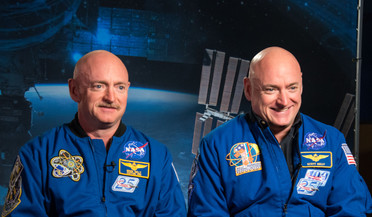 02 February 2018
How a year in space affects your body
02 February 2018
How a year in space affects your body
... return to Earth. Just as interesting was an investigation that focused on telomeres – a compound structure that protects or “caps” the ends of chromosomes against deterioration. These typically decrease in length as a person ages. However, Susan...
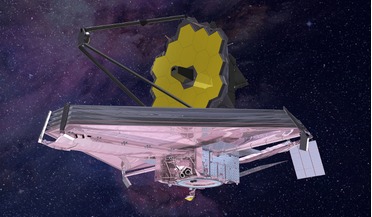 28 March 2018
Woes for Webb as the space telescope is delayed again
28 March 2018
Woes for Webb as the space telescope is delayed again
... $8 billion it was allocated by U.S Congress for the development of Webb. If the project goes beyond the $8 billion cost cap, the space telescope will have to be reauthorised by Congress and the potential for further delays increases. But...